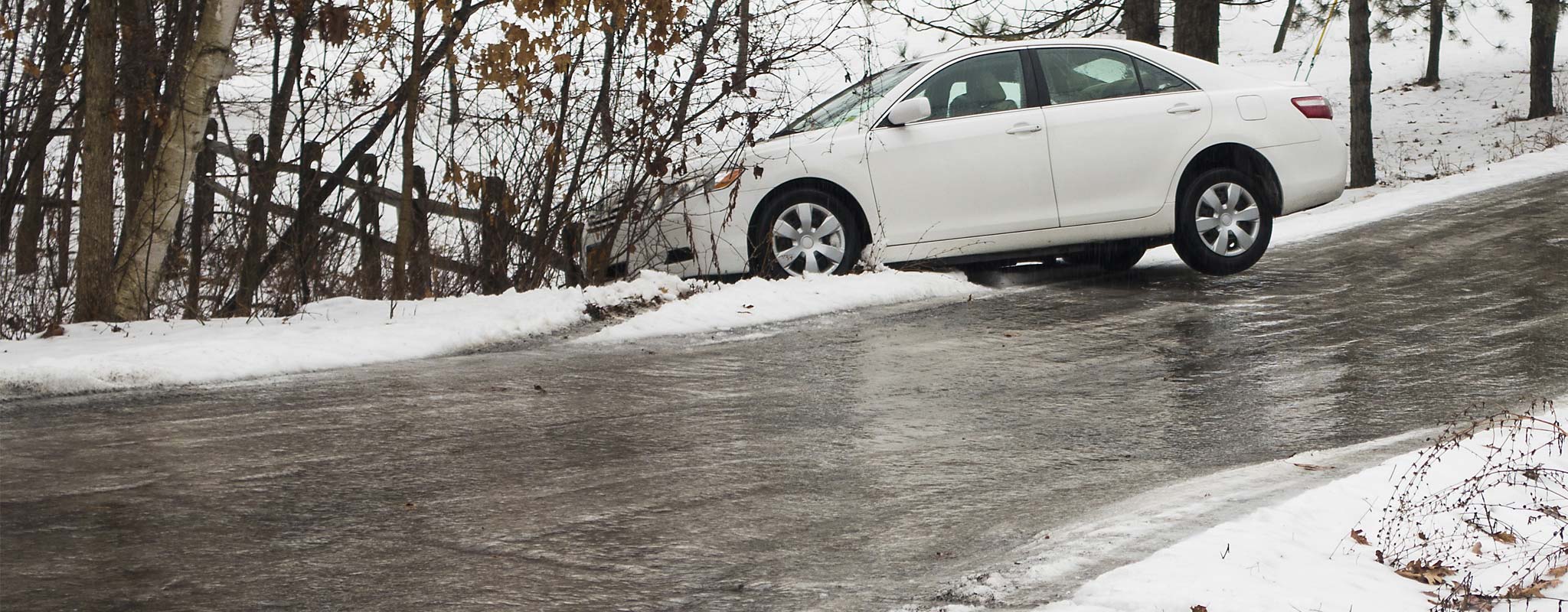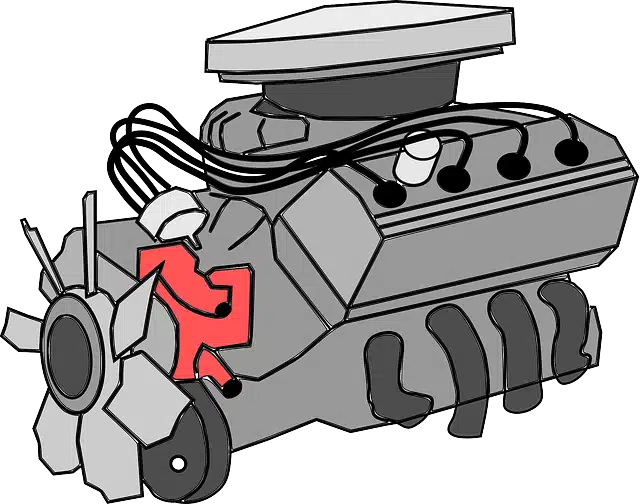
Introduction to Skidding on Icy Roads
Skidding on icy roads is a common occurrence during winter months and can be dangerous if not handled properly. According to statistics, skids are responsible for a significant number of accidents during winter months. In fact, in the UK alone, over 15,000 accidents are caused by skids each year. These accidents can result in serious injuries or even fatalities. Skidding occurs when the tyres lose traction with the road surface, causing the vehicle to slide or spin out of control. This happens because ice reduces the friction between the tyres and the road surface, making it difficult for the driver to maintain control of the vehicle.
Our experienced instructors work closely with learners to teach them defensive driving techniques that can help them avoid skidding in the first place. We also provide hands-on training on how to recover from skids if they do occur, including techniques such as counter-steering and braking.
By taking advantage of our “How to Handle Skidding on Icy Roads” service, learners can build their confidence and become safer, more responsible drivers during winter months. Contact us today to learn more about this service and how we can help you stay safe on the road.
Preparing Your Vehicle for Winter Driving
Winter weather conditions can pose significant risks to drivers, so it’s essential to prepare your vehicle for the colder months. Regular maintenance checks should be carried out before winter sets in to ensure that your car is in good condition.
One of the most important things to check is tyre pressure. tyres lose pressure more quickly in cold weather, so it’s important to keep them properly inflated. It’s also essential to use appropriate tyres for winter driving conditions, such as snow tyres or all-weather tyres.
Visibility is another crucial factor in winter driving safety. Ensure that your windscreen wipers are working correctly and that your defrosting system is functioning correctly. It’s also a good idea to keep a spare set of wiper blades and de-icer in your vehicle.
Black ice is a significant risk during winter months, and it’s essential to be aware of how it forms and its impact on driving. Black ice forms when moisture on the road surface freezes into a thin layer of ice that is difficult to see. It’s essential to drive slowly and carefully on roads where black ice may be present.
Techniques for Safe Driving in Winter Conditions
Driving in icy conditions can be challenging, and it’s essential to follow best practises to stay safe on the road. Here are some tips for safe driving in winter conditions:
1. Slow down: When driving on icy roads, it’s crucial to reduce your speed. This will give you more time to react if you need to brake or steer suddenly.
2. Increase following distance: Leave a larger gap between your vehicle and the one in front of you. This will give you more time to react if the car in front of you brakes suddenly.
3. Avoid sudden movements: Sudden movements like oversteering or understeering can cause skids, which are dangerous on icy roads. Be gentle with the steering wheel and avoid sudden braking.
4. Use low gears while going downhill: Using low gears can help you maintain control of your vehicle when going downhill.
5. Avoid using parking brakes: Parking brakes can lock up wheels, causing loss of control, so avoid using them in icy conditions.
6. Watch out for black ice patches: Black ice is difficult to see and can cause skids, so be extra cautious when driving on roads where black ice may be present.
7. Turn off cruise control: Cruise control can cause your vehicle to accelerate on slippery surfaces, so turn it off when driving on icy roads.
Skid Recovery Techniques You Need To Know
When driving in winter conditions, skids can occur, and it’s essential to know how to recover from them. Here are some techniques that can help:
1. Stay calm: If you start sliding, try not to panic or make any sudden moves. Keep your hands on the steering wheel and your eyes on the road.
2. Look where you want your car to go: If you stare at an obstacle, there’s a greater chance that’s where you’ll end up. Instead, focus on where you want your car to go.
3. Pump the brake pedal gently: If you have to brake, pump the pedal gently. This helps prevent the wheels from locking up. Most modern cars have ABS (Anti-Locking Brake System) fitted which will detect when the wheels are locking up. The Brakes will automatically pump the brakes giving the driver more control.
4. Use low gears while going downhill: Using low gears can help you maintain control of your vehicle when going downhill.
5. Avoid using parking brakes: Parking brakes can lock up wheels, causing loss of control, so avoid using them in icy conditions.
6. Watch out for black ice patches: Black ice is difficult to see and can cause skids, so be extra cautious when driving on roads where black ice may be present.
7. Turn off cruise control: Cruise control can cause your vehicle to accelerate on slippery surfaces, so turn it off when driving on icy roads.



